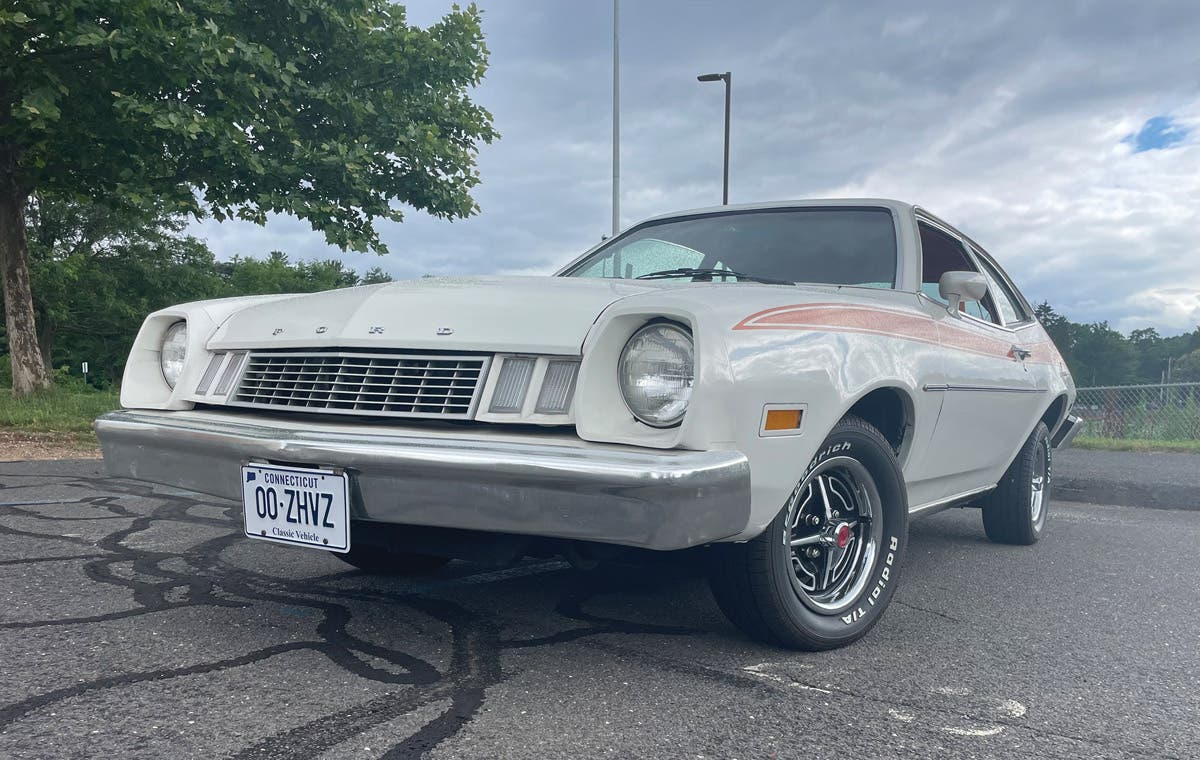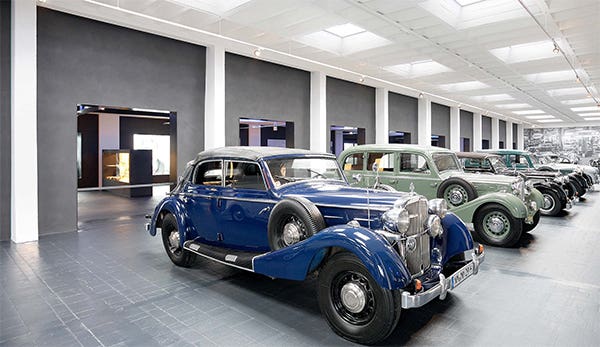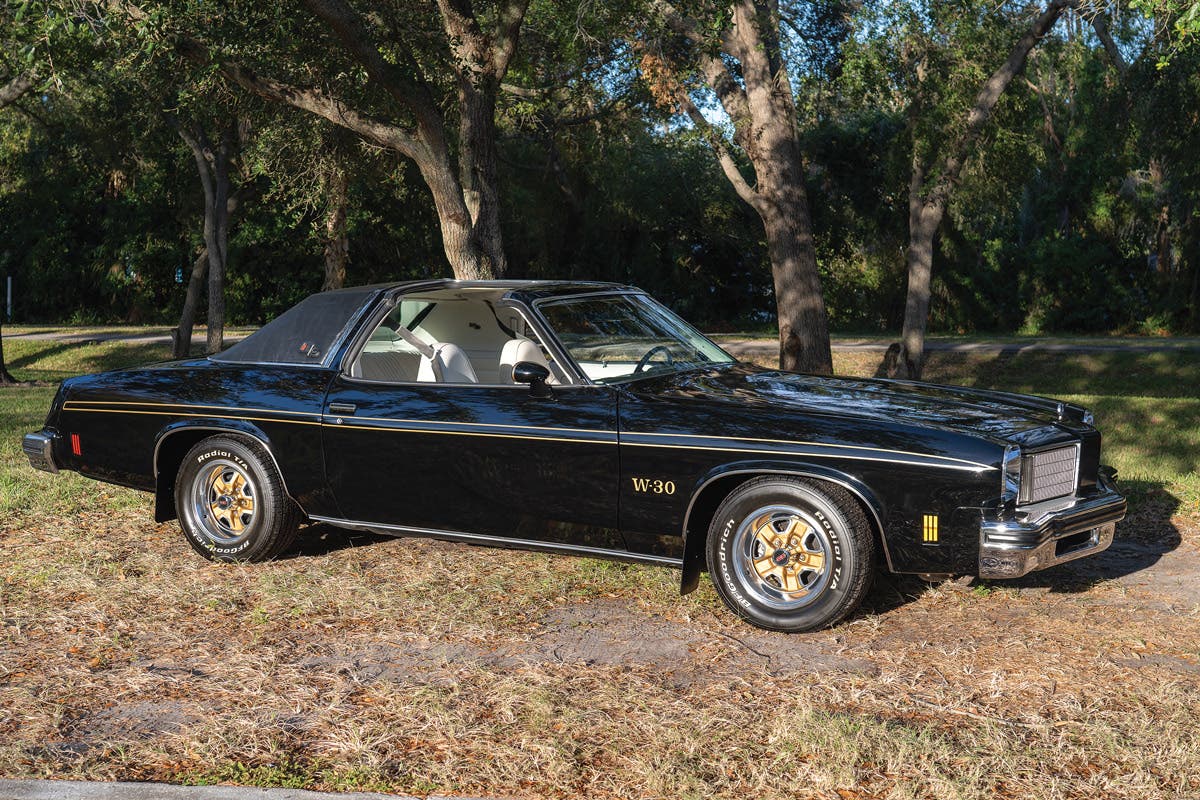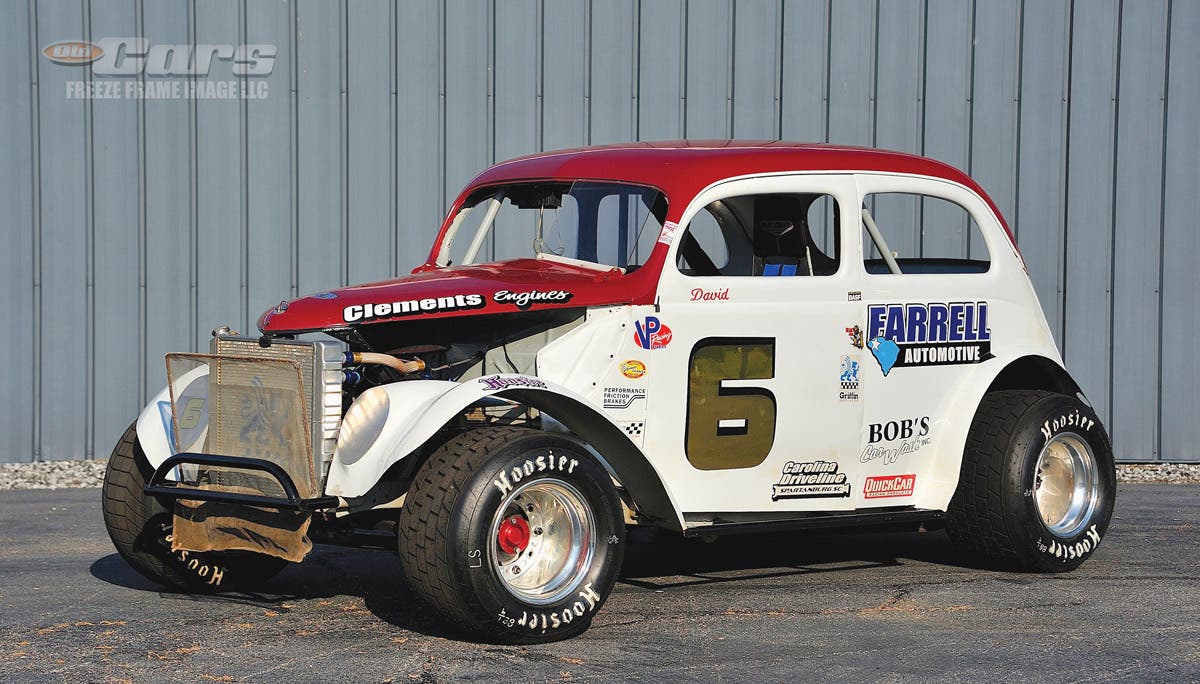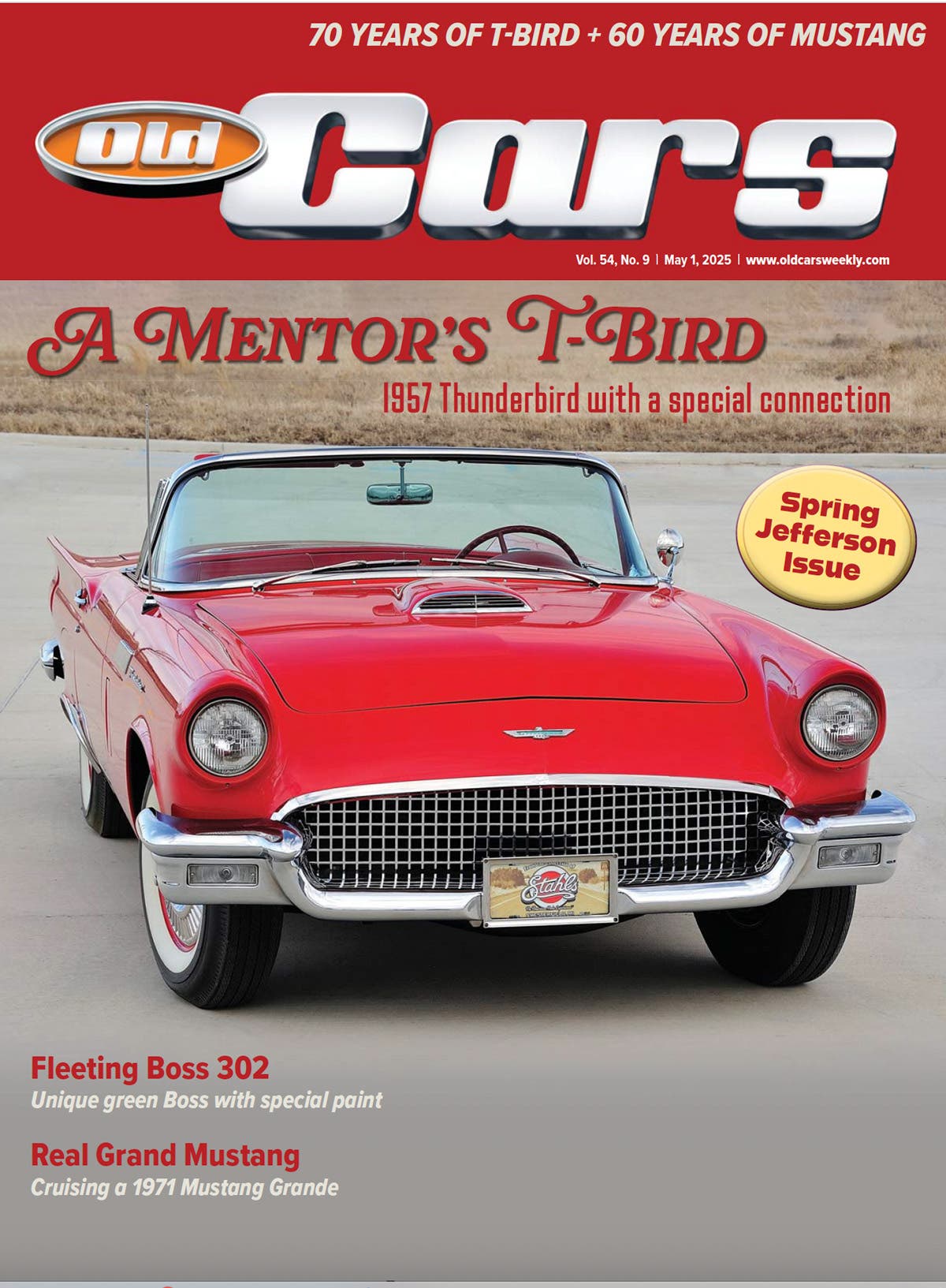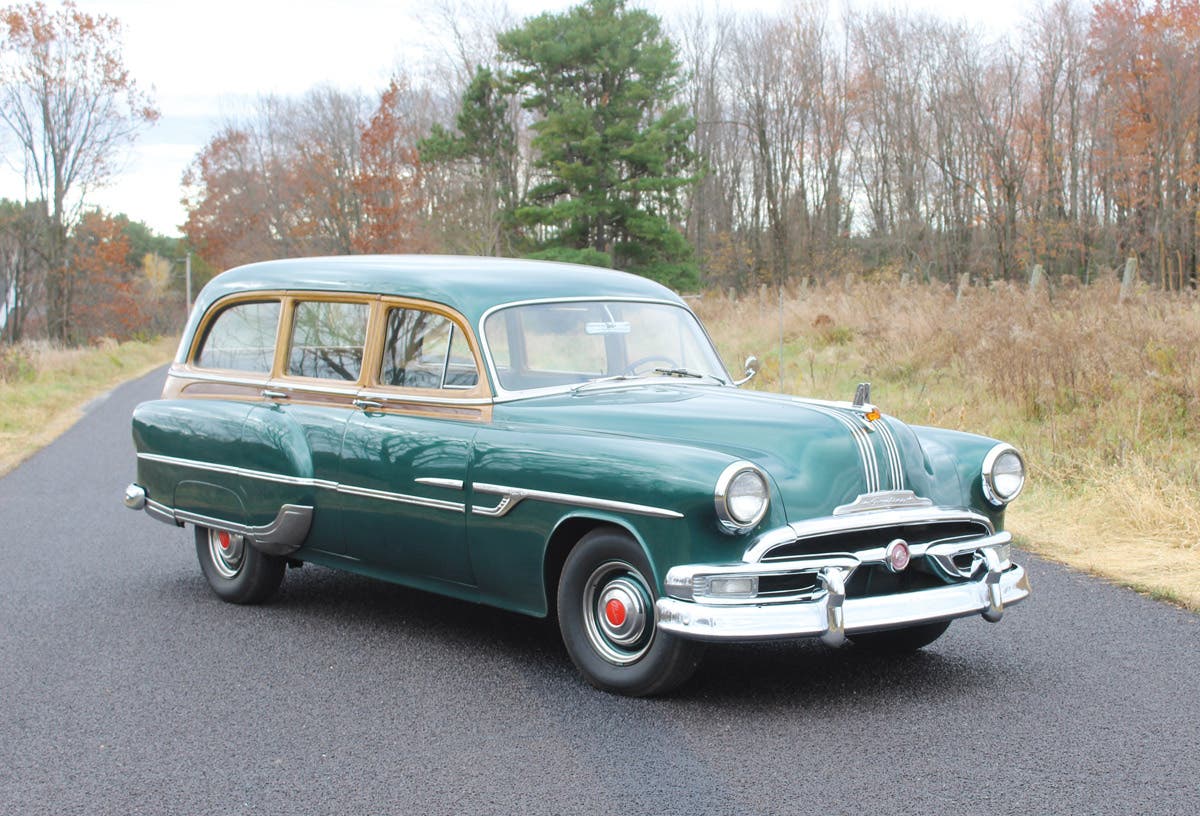Pure Speed: Bonneville 2007
Read more about cars built by people of ordinary means with extraordinary passion and mechanical skills
The fastest car I saw was the Royal Purple entry. Royal Purple manufactures and distributes synthetic oil.
Flat head Ford engine in 1960 Falcon. Notice the custom-made heads.
Bored and stroked flathead Mercury in 1940 Nash. Notice rotated carburetors.
Turbocharged Ford B Model engine in lakester.
In great anticipation of Speed Week at the Bonneville Salt Flats, I met my son Chip at the Salt Lake City airport on an August afternoon.
Mountains in the distance on road across the Salt Flats.
From the airport we headed west on Interstate 80. We quickly came to the southern edge of the Great Salt Lake. West of the lake is about 100 miles of a salt flat desert. Nothing grows there, no vegetation. I saw no wildlife, not even birds.
Just before Wendover, Utah, a bit more than 100 miles west of Salt Lake City, we saw a road sign for the exit to the Bonneville Race course. After about 5 miles on a paved road, we came to the end of civilization. At the end of the road is a salt water pond several hundred yards wide and about one-foot-deep, if you can find the right path. If you wander off the path you can get stuck some did while we were there. We were baptized in the salt water pond, emerged on the other side, and took off across the salt flat on a road marked with orange cones. The road looked no different than all of the rest of the salt flat that stretched to the horizon to the east, or to the mountains to the north. I have no idea how far away the mountains were.
Truck and trailer stuck in the salt pond.
After about 8 miles on the salt flats, we came to the pit area of the race course, the Shangra-La of speed. Hundreds of race cars were there. It was a collection of everything you could imagine, lakesters, roadsters, sedans, sprint cars, pickup trucks. We drove up and down through the pits and stopped wherever we wanted to look at something. I like the old stuff, flathead Ford engines, Chevy and GMC inline sixes. There were plenty of examples of each and Model A & B flat head 4 cylinder engines. Everyone we stopped and spoke to was eager to share their passion for their particular type of car or engine or both.
We were there Wednesday afternoon and all day Thursday. If anyone wants to go, I recommend a little earlier in the week. Many were packing up to leave Thursday afternoon.
Man working on his wife's car.
Thursday morning before breakfast, I was walking through Wendover when I saw two rat rods, chopped top, high boy, fenderless deuce coupes gassing up at a local filling station. One coupe had a Y block Ford engine and the other had a flathead. They had driven their rods from New York to the salt flats and were preparing to drive them back. The cars had rough, well-worn exteriors, but were obviously well built, having already made one transcontinental trip and were preparing for the return trip.
Thursday morning on the salt in the pits we met a Scottish man who had been in America for 12 years. He was working on a roadster with a Model A engine. His origins were easily discernible from the wonderful and lyrical sound of his accent. He had traveled to the other side of the world to be on this salt desert and be involved in the brotherhood of motor racing. His wife was the driver of the race car and he had never driven it.
302 Jimmy in a 1950 Chevy pick up.
We talked with a group of guys with a 50 Chevy pickup with a 302 GMC engine that had driven it 120-plus mph but had not broke the record. They would try again next year.
We saw a Pontiac Firebird with a 400 engine that had been de-stroked to 355 cubic inches with a turbo charger from a large Caterpillar engine. The people working on it said that the turbo charger was for a much bigger engine and was providing too much boost. They were going to drill some holes to bleed off some pressure. Necessity is the mother of invention. They were going with what they had and were not throwing a lot of dollars at the problem. We later saw them at the starting line.
Turbo-charged Pontiac Firebird.
A '40 Nash with a Mercury flathead V-8 engine was interesting since the two four-barrel carburetors were rotated to put the carbs more in line with the intake ports in the block. It was an attempt to improve air flow into the engine
A 1960 Ford Falcon with a flathead Ford V-8 engine was pretty and well built. The builder had fabricated and cast his own heads. I was impressed with the ingenuity of this and many others. There had been a lot of engineering involved in these cars by people who would not call themselves engineers. Since Chip and I are both engineers, we really felt at home among these people.
Crosley at the starting line.
Not all the cars are super fast. A Crosley was attempting to break a 98 mph class record. The time I was watching, it made 92 mph. I am sure that they will be back to try again.
1950 Buick with air dam on front bumper to keep the air from under the car at speed.
An early '50s, four-door Buick with a straight 8 OHV engine is not what most people would think of as a racer. Nonetheless, there is a class for it at Bonneville
Friday morning in the motel lobby, I met a man who had been coming to the salt flats for 40 years. He had infected his two sons with the same speed fever and they were there with him. His race car was made from a belly tank off a F86 Korean war era USAF fighter jet. It had a turbo charged B Model Ford engine that could run on gasoline or methanol and was a class record-holder.
Salt-encrusted deuce coupe.
Chip phoned home Thursday night to inquire about his family. All of us were apprehensive about his 10-year-old son who had started at a new school for the gifted. Would he like the new school? When his mother asked him how school was, Teddy's reply was: "I finally found a place where I fit in." I could understand how he felt by being on the salt flats with people who had much the same interests as I did and wanted to share their passion with me.
There were a few race cars on the salt flats that were high dollar and had corporate sponsors. However, most were built by people of ordinary means with extraordinary passion and mechanical skills.
Salt-encrusted Mopar rat rod in motel parking lot.
Lakester made from bell tank of F-86 fighter plane.



